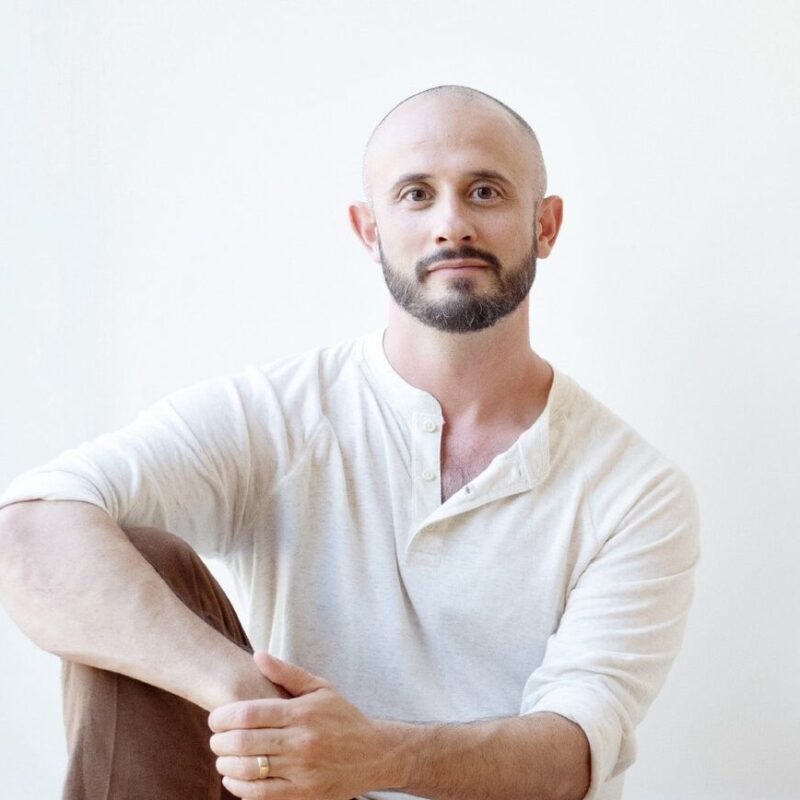Leveraging Our Innate Wiring for Music as an Agent of Healing with Adriana Barton
In the final year or so of my dad’s long life, he did not know who I was anymore. That is not so uncommon, but it was a good thing I had done so much work on my early neglect trauma by then because it was painfully reminiscent of my childhood with him. So, the visits were not much fun; until we discovered that he seemed to remember the entire playlist of songs from his whole life.
Dad was always a very musical man, and although the Nazi Holocaust robbed him of his education from age twelve, when he finally got to the US and was able to work his way to being able to pay for it, he found a college that would accept him without a high school diploma, he became a cantor. In Judaism, the cantor is the musical counterpart to the rabbi. And both of my parents loved classical music.
When we were a little older, dad moved to California. I remember my dad would buy records called “Music Minus One.” They were the accompaniment to famous operas or Schubert Lieder and the like. He would blast them in the center of the house and vocalize loudly. There was no escaping his bellowing baritone without leaving the house. By then, I was an adolescent and perhaps part of my rebellion was to reject classical music, from which I have only partially “recovered.” But I hated being displaced that way for hours on end. Most distasteful of all was going to his performances with the Stanford Opera Workshop and seeing him prance around, singing in tights. Oy vey. All this is to say music was deep in my dad’s psyche and nervous system.
As my dad declined toward death, I found that we could spend our visits singing. He still remembered every word, especially of the Jewish holiday songs. We would often sing rounds, and on a good day, when my sister was able to coordinate her visit with mine, she would bring her guitar, formerly his guitar. Music would get a smile out of him, he seemed more alive and the time would pass. When he was in his final hours and barely conscious, I had some time with him alone. I had already said anything I still needed to say to him. So, I sang, mostly the same song over and over, the old gospel, Twelve Gates to the City. Somehow that seemed a fitting way to send him off. It certainly comforted and regulated me.
I always have a song in my head. Although, as is common for those of us with trauma and neglect histories, I remember very little about my childhood, and even now, my narrative is spotty. But I also remember every word of countless songs. My husband is often amazed. Even with the repertoire of revolutionary songs we sang 50 years ago, I can still sing pretty much word for word in Spanish. I am rather intrigued with the way music has made a home in my brain and body and has been a source of unending sustenance, comfort, and regulation. It still is.
I also believe that it registers, even resonates powerfully energetically in the interpersonal field. Often, when I am sitting with a neglect survivor client who has very few words or lacks a coherent story, the song that pops up spontaneously in my head inspires the question that might unlock an upwelling or a flood of sensory, emotional or visual memory or association. It is as if some sensibility in my brain is connecting with an age-old communication in theirs. That may sound a little “woo woo,” but it is part of why I am so excited about the upcoming workshop at the Trauma Conference, Leveraging Our Innate Wiring for Music as an Agent of Healing with Adriana Barton. I want to learn more about this.
I recently had the privilege of meeting the ingenious musician Bobby McFerrin. He is uniquely able to create such a universe and variety of sounds with only his voice and body; it is hard to fathom. I previously only knew him from his delightful 1988 classic “Don’t Worry Be Happy,” which at least some of us grew up with. I had no idea what he was capable of. He currently offers workshops called Circlesongs, which are a protracted acapella call-and-response that may extend for hours, even days.
Recently in a book I read about frequencies, I learned that, “Research has shown that the low-frequency vibrations produced by a cat’s purring can have therapeutic benefits for the cat and its owner. These vibrations can help promote the healing of soft tissue injuries in humans, including muscle strains, sprains, and other connective tissue injuries!” Imagine the healing that might come from the unison of dozens, even hundreds of voices resounding for hours on end together, not to mention the energetic connection between participants. I hope to get in on one of those, perhaps this summer, and see what sort of healing is possible – in that way for this old body. Many cultures of course have known this for centuries and have rituals and extended chants and ceremonies that surely have those effects. I enthusiastically anticipate learning more about this at the conference workshop. Perhaps I will see you there!
Reference:
What the Ear Hears (and Doesn’t): Inside the Extraordinary Everyday World of
Frequency by Richard Mainwaring



